By Iacovos Iacovides, APC Sports Consulting Ltd
In a previous piece we pointed out the legacies of infamous drug lords such as Pablo Escobar and the Rodriguez brothers in the world of football. It is not necessary, however, to send our imagination in pursuit of Netflix to the depths of South America in order to examine the relationship between criminals—money launderers to be precise— and the sport industry. Indicatively, recent figures suggest that sport corruption in general costs us around £78 bn annually. It would be wise to first take a step back and appreciate why the world of sports is so alluring to money launderers, before unpacking the different ways in which the industry is used as a money laundering vehicle.
There is a plethora of factors that renders the world of sports attractive to money launderers, albeit, none of those are unique to sports. It is rather the confluence of these factors that turns sports into a dystopia for money laundering.
The second stage of money laundering which is the layering phase can easily find safe harbour in sports. Due to the complexities, particularities and the immense inflow and outflow of cash that characterise sports and more specifically transfers and other agreements between teams, players, jurisdictions and agents, turns the task of an investigator into a nightmare. In the case of club ownership, there are also multiple channels that can be utilised in order to launder money. Sport clubs outsource a variety of functions; marketing, PR, supplies and dozens of other tasks which can be funnelled to the “right” direction.
Then there is the issue of the industry’s size which when combined with the insufficient and heterogeneous regulatory framework produces a sense of hopelessness. The hundreds of countries, the dozens of sports and leagues within those countries, the thousands of teams (approximately 300,000) and millions of players (approximately 38 million professionals) are enough on their own to give regulators and other officials, headaches. Then you have to also take into account the institutional corruption at a local, national and supranational level and it is hard to even figure out where to start; add globalisation to the mix, and the need to involve multiple authorities to trace and investigate something, and you just give up.
The following list includes some of the common techniques for laundering illicitly derived proceeds in sports:
- Loans to the club. For instance, by directors and owners.
- Over or undervaluing player fees (in the case of transfers)
- Overpriced staff or player salaries
- Payments to agents and other third-parties
- Sponsorships
- TV rights agreements
- Community-based spending programmes
But because actual cases are always more illuminating than theory, let’s take a look at two recent European cases involving money laundering within the sports industry.
The Good Samaritans and Russian Dolls
In 2016, Portuguese police and Europol raided properties and made arrests in an attempt to uncover Russian mobsters who were suspected of laundering money through EU football clubs. The group with ties and operations in the UK, Germany, Moldova, Estonia and Latvia had put in place an ingenious strategy which was to first identify clubs in financial distress, then make donations to them in order to gain their trust and eventually buy the club and integrate it into their complex and sophisticated network of shell companies with the ultimate purpose of laundering money.
Such was the case with Uniao Desportiva de Leiria which was relegated from the Portugal’s Primeira Liga in 2012 after experiencing serious financial struggles. Failing to meet its obligations for the next year it was subsequently relegated to the country’s third division, leaving the club in financial and organisational disarray.
Initially, a number of Good Samaritans gained the trust of the club through donations and in 2015, the club’s ownership changed hands. The purchase was facilitated by benefactors acting as frontmen for what can be only described as a sophisticated and multifaceted network of holding companies owned by shell companies based in offshore locations—tax havens.
Taxes, Transfers and Dry Cleaners
In 2014 several football agents and former club owners of some of Romania’s most prominent football clubs, were sentenced to jail for tax evasion and money laundering. According to the OCCRP, the deals involved the transfer of 12 players from Romania to international clubs, between 1999-2005. Prosecutors argued that the Romanian state lost €1.7 million in taxes and the clubs involved lost €10 million because the officials declared false sums for the transfers.
Another investigation by the organisation revealed that the transfers under investigation was but a small part of a wider tax evasion and money-laundering scheme involving businessmen and football agents from France, Romania, Bulgaria, Brazil and Spain while tax havens were used for tax avoidance and dodging fees.
What can be easily deduced from our brief analysis of why the world of sports attracts criminals and the cases in Romania and Portugal, is that there are two main obstacles for regulators and other officials who combat money laundering; firstly, the regulatory discrepancies between countries and secondly, the insufficient resources that are allocated for fighting money laundering. Since financial dealings in sport look a lot like the Minotaur Labyrinth, regulators, investigators and other officials need to be well-equipped with the right powers and resources, while enjoying the backing of a coordinated and uniform international will!

